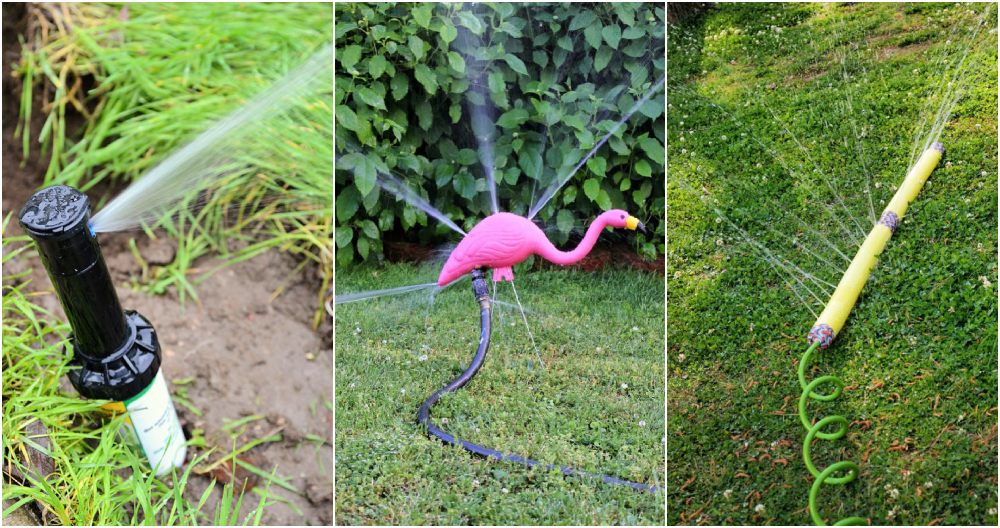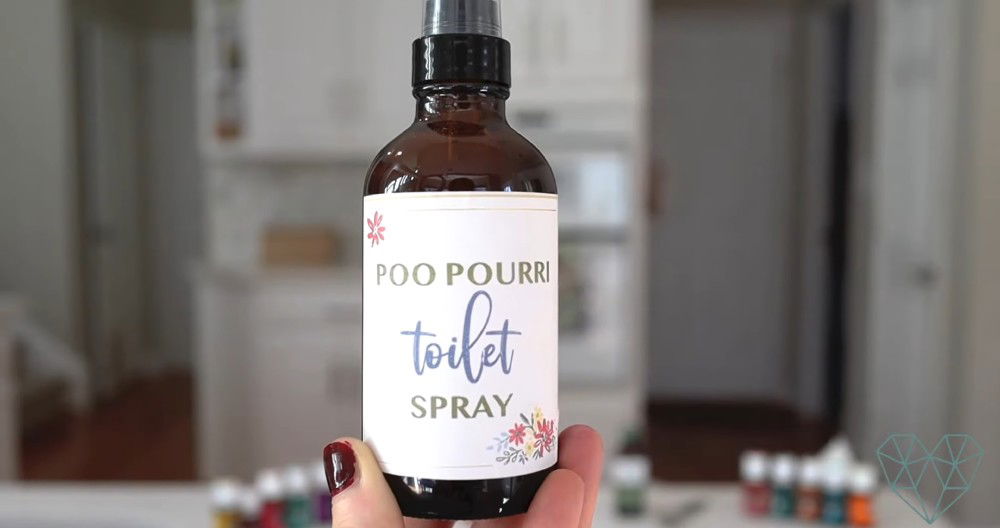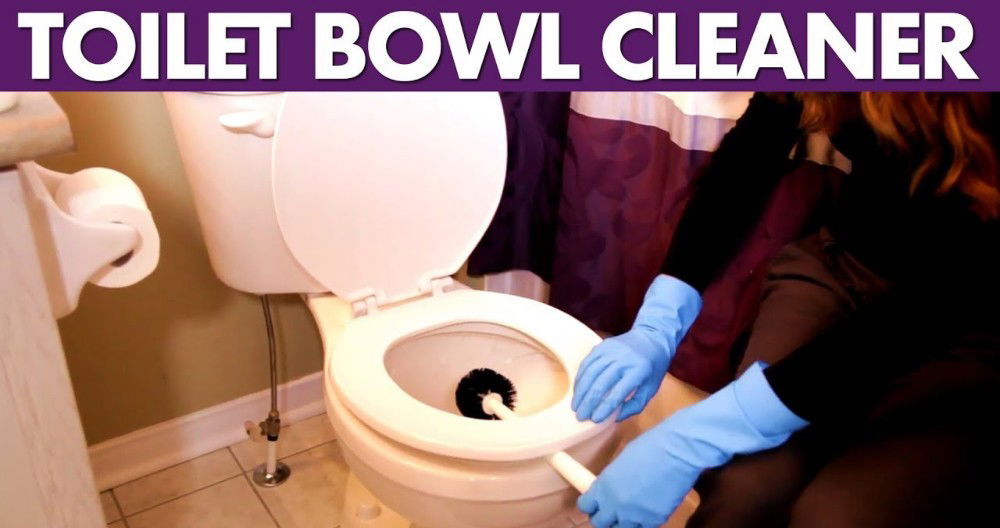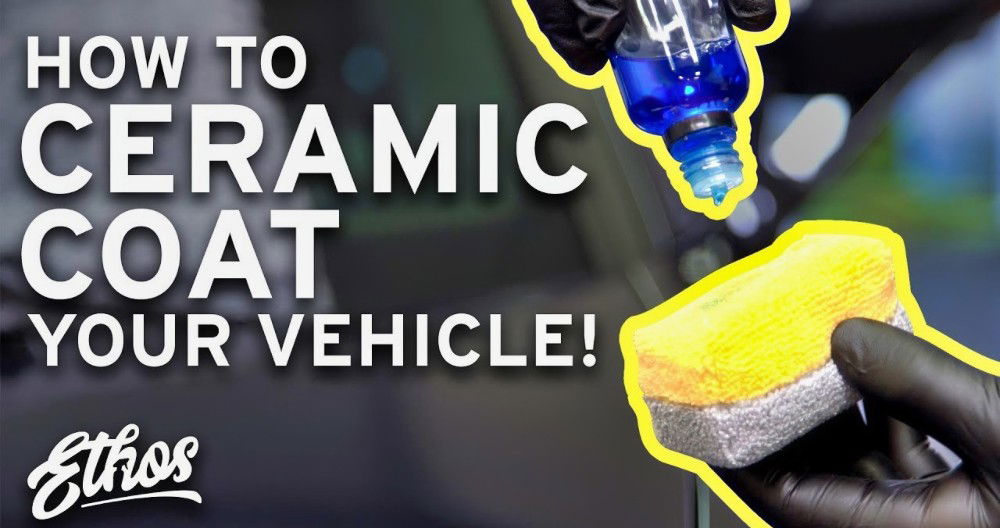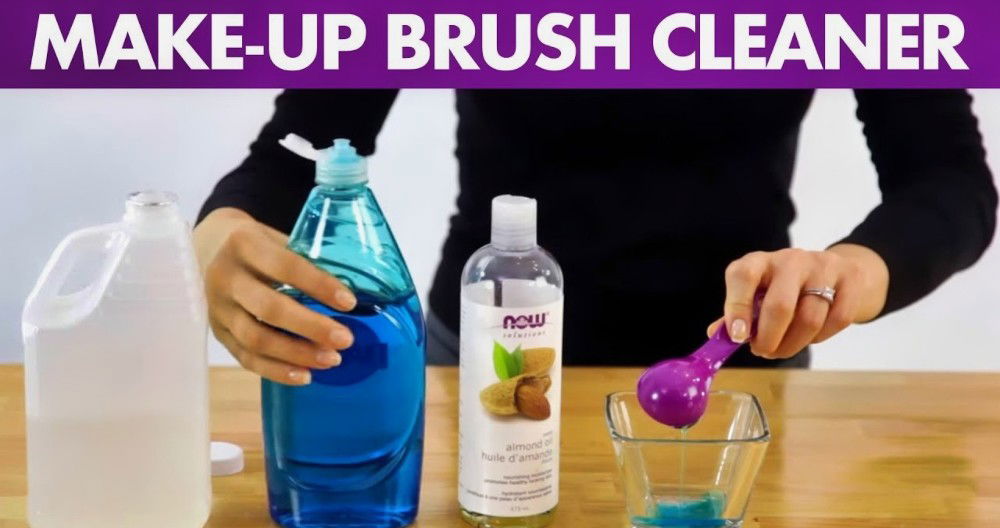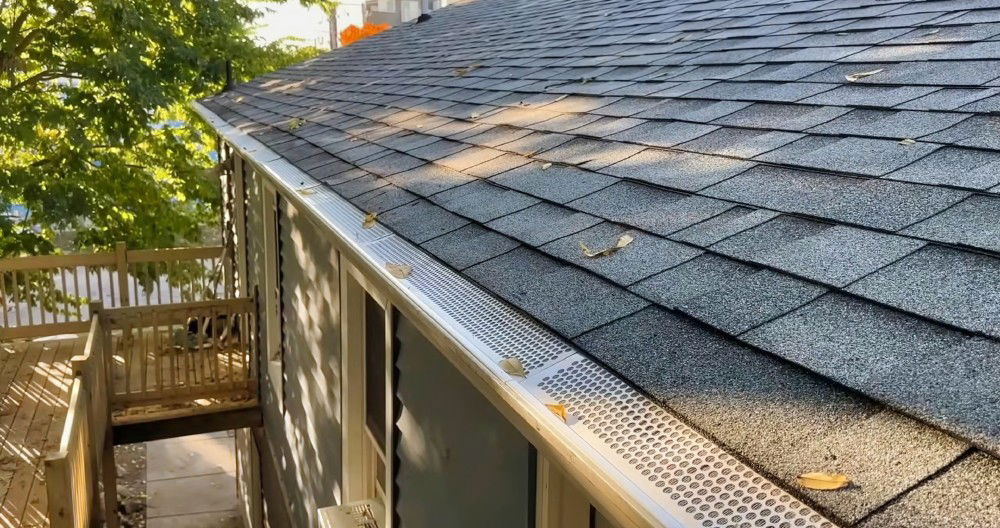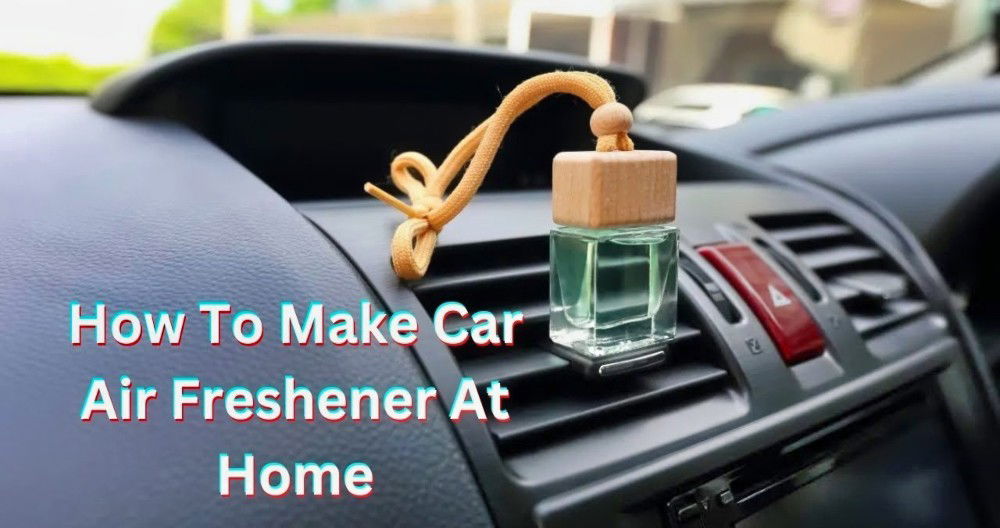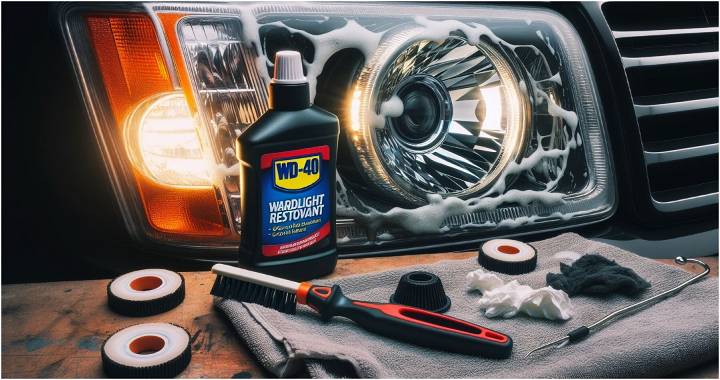Foaming hand soap is a popular choice for many households and businesses due to its gentle, efficient cleaning properties. But have you ever wondered how it works? Let's dive into the science behind it.
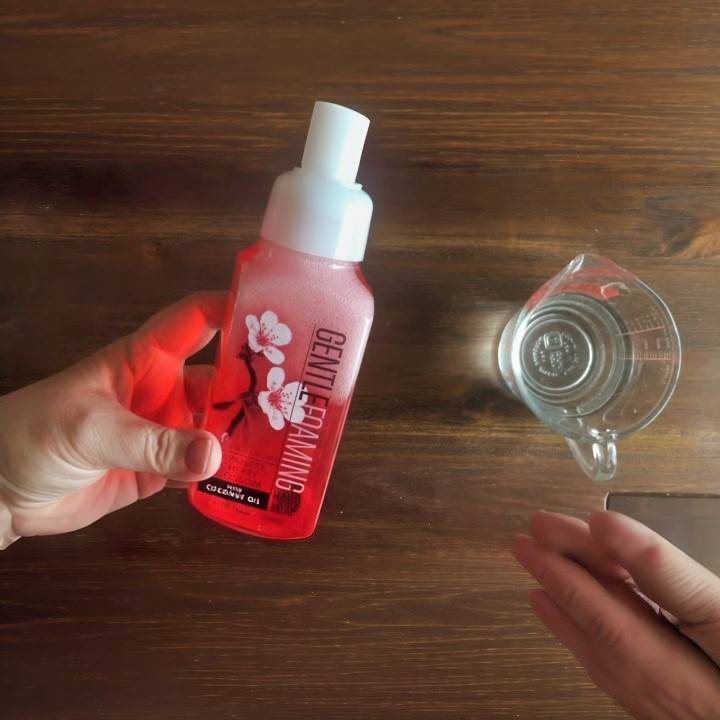
The Science of Foam
Foam is essentially a mass of gas bubbles trapped in a solid or liquid. In the case of foaming hand soap, air is introduced into the soap solution when you press the pump. This makes a lather that's lighter and less dense than traditional liquid soap.
Why Foam?
There are several reasons why foaming soap is often preferred:
- Efficiency: Foaming soap spreads more easily across your hands, ensuring a thorough clean.
- Economy: Because the soap is mixed with air, you end up using less soap per wash. This makes foaming soap a cost-effective choice.
- Gentleness: Foaming soap tends to be less harsh on the skin compared to regular soap, making it a good option for people with sensitive skin.
The Role of Surfactants
The key ingredient that makes the soap foam is a type of chemical called a surfactant. Surfactants reduce the surface tension of water, allowing it to mix with oils and dirt on your skin. When air is added to the mix, the surfactant molecules surround and trap the air bubbles, making foam.
Understanding the science behind foaming hand soap can help you appreciate the thought and care that goes into making this everyday product. Plus, it can guide you in making your own DIY foaming hand soap that's tailored to your specific needs and preferences.
The best soap is the one that encourages you to maintain good hand hygiene. So whether it's foaming or not, the important thing is to keep those hands clean!
Benefits of DIY Foaming Hand Soap
Making your own foaming hand soap at home comes with a host of benefits. Let's explore some of them:
Cost-Effective
One of the primary benefits of DIY foaming hand soap is that it's cost-effective. Store-bought foaming hand soap can be pricey, but when you make your own, you're only paying for the raw ingredients, which can be significantly cheaper.
Control Over Ingredients
When you make your own soap, you have complete control over the ingredients. This means you can avoid any chemicals or additives that you don't want on your skin. It's also great for those with sensitive skin or allergies, as you can ensure the soap is gentle and non-irritating.
Environmental Impact
DIY foaming hand soap is also more environmentally friendly. By refilling the same soap dispenser, you're reducing plastic waste. Plus, you can choose ingredients that are biodegradable and not harmful to the environment.
Customizable
Finally, DIY foaming hand soap is customizable. You can experiment with different scents, colors, and ingredients to make a soap that's uniquely yours.
Making your own foaming hand soap is fun and beneficial in multiple ways.
How to Make Foaming Hand Soap at Home
Make foaming hand soap at home with a few basic ingredients to enjoy luxurious soap that mimics Bath & Body Works. Follow this guide.
What You'll Need
- Foam soap dispenser
- 1 tablespoon of your favorite shower gel (for best results, use the same brand and scent as Bath & Body Works' foaming soap)
- Food coloring (optional)
- Hot tap water
- Measuring cup with spout
Step-by-Step Instructions
Discover how to make your own DIY foaming hand soap at home with this easy and cost-effective recipe.
1. Prepare Your Dispenser
Start by opening your foam soap dispenser and setting the pump aside. This will make it easier to add the ingredients.
2. Add Shower Gel
Grab your selected shower gel. Measure out one tablespoon and pour it into the soap dispenser. If you prefer a stronger fragrance, you can add a second tablespoon. This might even make your soap smell more potent than the original Bath & Body Works version.
3. Add Color (Optional)
To enhance the appearance of your soap, add a few drops of food coloring. This step is optional but recommended, as it helps maintain the vibrant color of your soap, making it look just like the store-bought version.
4. Fill with Hot Water
Fill the remainder of the soap dispenser with hot tap water, leaving a little space at the top to prevent overflow when reinstalling the pump. There's no need for boiling water, but the hotter the water, the easier it dissolves the shower gel.
5. Mix Thoroughly
After adding the hot water, tightly screw on the soap dispenser pump. Shake the dispenser vigorously until the shower gel is completely dissolved.
Enjoy Your Homemade Foaming Hand Soap
Congratulations! You've just made your own luxurious foaming hand soap. It not only looks and smells like the real deal from Bath & Body Works but also saves money in the long run.
Video Tutorial
For a step-by-step video tutorial on how to make your own foaming hand soap, check out this YouTube video.
Pairing well with the guide, this video demonstrates the process visually and in an accessible format, ensuring you follow all steps correctly. Making DIY foaming hand soap is rewarding and luxurious, enhancing your daily routine affordably. Enjoy your custom soap!
Ingredient Breakdown
Understanding the ingredients in your DIY foaming hand soap can help you make informed decisions about what you're putting on your skin. Here's a breakdown of common ingredients and their benefits:
Water
Water is the primary ingredient in most soap recipes. It helps to dissolve the other ingredients and makes the soap easier to spread on your skin.
Liquid Soap
Liquid soap forms the base of your foaming hand soap. It's responsible for the cleaning action. You can use a store-bought natural liquid soap or make your own.
Essential Oils
Essential oils add fragrance to your soap and can also provide additional benefits. For example, lavender oil has a calming effect, while tea tree oil has antibacterial properties.
Carrier Oils
Carrier oils like coconut or olive oil are often added to moisturize the skin. They help to prevent your skin from drying out after washing.
Glycerin
Glycerin is a humectant, which means it helps to retain moisture in the skin. Adding glycerin to your soap can make it more hydrating.
The beauty of making your own foaming hand soap is that you can customize the ingredients to suit your preferences and needs. Whether you prefer certain scents or have specific skin concerns, DIY allows you to make the perfect soap for you.
Customization Ideas for Your DIY Foaming Hand Soap
One of the best parts about making your own foaming hand soap is the ability to customize it to your liking. Here are some ideas to inspire you:
Experiment with Scents
Essential oils are a great way to add a pleasant scent to your soap. Lavender, peppermint, and citrus oils are popular choices. Feel free to mix and match to make your own unique blend!
Add Color
Want to make your soap more visually appealing? Consider adding a few drops of natural food coloring. Just be sure to choose one that's skin-safe.
Try Different Oils
Different carrier oils have different properties. For example, coconut oil has a moisturizing effect, while jojoba oil is similar to the skin's natural oils. Experiment with different oils to see which one you prefer.
Include Skin-Loving Additives
Consider adding ingredients like aloe vera gel or honey, which have skin-soothing properties. These can make your soap even more beneficial for your skin.
The goal is to make a soap that you love. So don't be afraid to get creative and try new things!
Troubleshooting Tips for DIY Foaming Hand Soap
Even with the best instructions, you might run into some issues when making your own foaming hand soap. Here are some common problems and their solutions:
No Foam
If your soap isn't foaming, it could be due to a few reasons:
- Pump Issue: The dispenser's pump might be clogged or broken. Try cleaning it thoroughly or replacing it.
- Soap Concentration: The soap-to-water ratio might be off. If there's too much water, the soap won't foam properly. Try adding more soap.
Soap is Too Thin or Watery
If your soap is too thin, it might be because there's too much water in your mixture. Try reducing the amount of water next time.
Soap is Too Thick or Sticky
If your soap is too thick or sticky, it might be because there's too much soap or glycerin in your mixture. Try reducing the amount of soap or glycerin next time.
Making DIY foaming hand soap is a process of trial and error. Don't be discouraged if it doesn't turn out perfect the first time. With a little patience and practice, you'll be able to make the perfect foaming hand soap for your needs.
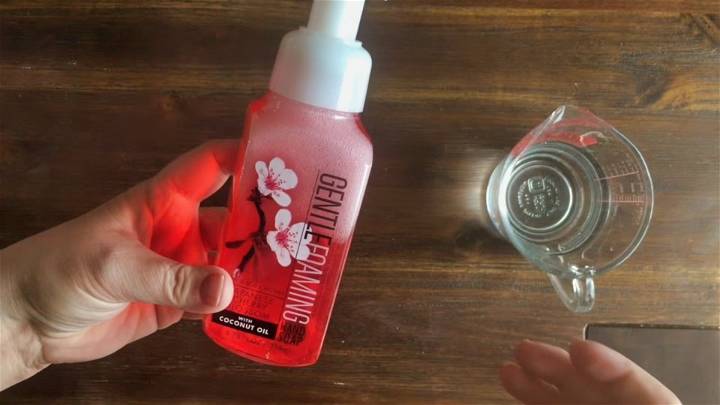
FAQs About DIY Foaming Hand Soap
Here are some frequently asked questions about DIY foaming hand soap:
What is the best soap to use for DIY foaming hand soap?
Any liquid soap can be used to make DIY foaming hand soap. However, it's best to use a natural, unscented soap to avoid any skin irritation.
Can I use dish soap to make foaming hand soap?
Yes, dish soap can be used to make foaming hand soap. However, it may be more drying to the skin than hand soap.
Why isn't my soap foaming?
If your soap isn't foaming, it could be due to the soap-to-water ratio or a problem with the soap dispenser. Try adjusting the amount of soap or cleaning the dispenser.
Can I use bar soap to make foaming hand soap?
No, bar soap cannot be used to make foaming hand soap. Only liquid soap will work.
How long does DIY foaming hand soap last?
DIY foaming hand soap should last as long as store-bought soap, as long as it's stored in a cool, dry place.
Can I add essential oils to my DIY foaming hand soap?
Yes, essential oils can be added to DIY foaming hand soap for fragrance and additional skin benefits.
Is DIY foaming hand soap safe for sensitive skin?
Yes, DIY foaming hand soap can be safe for sensitive skin, especially if you choose gentle, natural ingredients.
Can I make DIY foaming hand soap without glycerin?
Yes, glycerin is not a necessary ingredient in DIY foaming hand soap. It's added for its moisturizing properties, but the soap will still work without it.
Why is my DIY foaming hand soap watery?
If your DIY foaming hand soap is watery, it could be due to too much water in the mixture. Try reducing the amount of water next time.
Can I reuse a foaming soap dispenser for my DIY foaming hand soap?
Yes, you can definitely reuse a foaming soap dispenser for your DIY foaming hand soap. Just make sure to clean it thoroughly before use.
Conclusion:
In conclusion, making your DIY foaming hand soap is a simple and rewarding process. By following the easy steps outlined in this guide, you can enjoy personalized soap that is both cost-effective and environmentally friendly.



